The Best and Safest Ways to Travel With Your Dog in a Vehicle
Road trips with dogs can be fun, but safety and comfort come first. Out of 1,000 dog owners surveyed, 80 percent said they’ve taken their dogs along on car trips. But only 17 percent said they use any kind of restraint to keep their dog secured during the ride. That creates stress for the dog and risk for everyone in the car.
Heading to the vet or setting out on a long drive, it’s important to know how to secure, hydrate, and calm your dog to keep the trip safe and stress-free.
Buckle Them Up
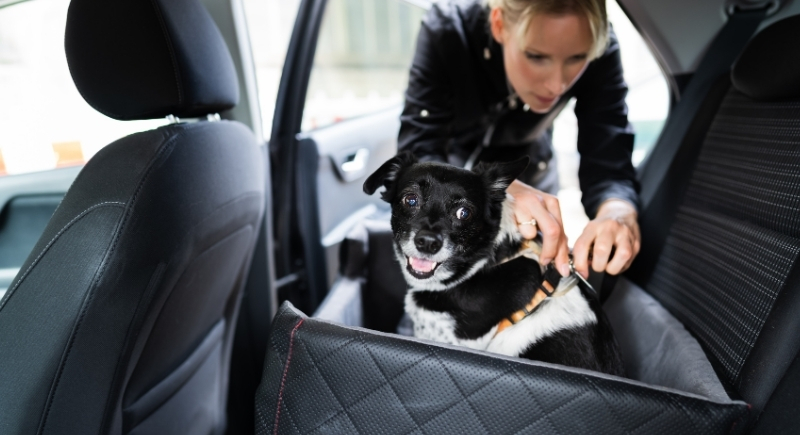
Credit: Getty Images
A loose dog in the car can be dangerous. A 10-pound dog in a 50 mph crash can hit with about 500 pounds of force. Bigger dogs are obviously more likely to be a bigger danger in such situations. Always use a crash-tested harness or seat belt clip. It protects your dog and keeps you in control of the wheel.
Train With Short Rides Before Long Trips
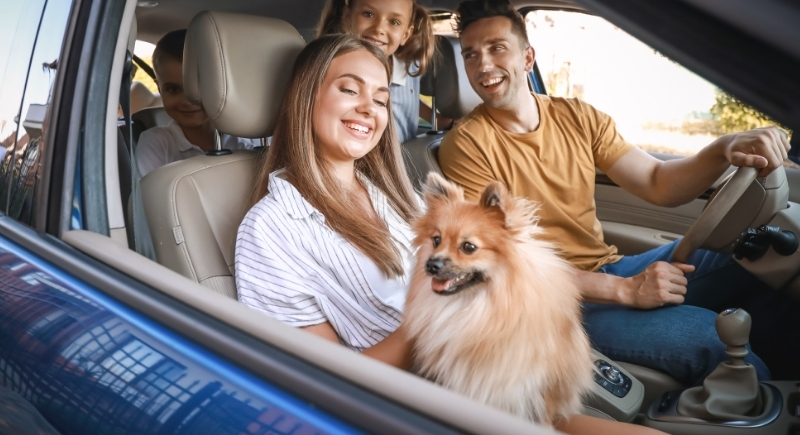
Credit: pixelshot
Gradual exposure to car travel helps prevent stress and motion sickness. Take short rides on quiet roads to let your dog get used to movement and sounds. Increase the duration slowly over time. This helps identify any issues before committing to a longer drive.
Choose a Crate That Protects
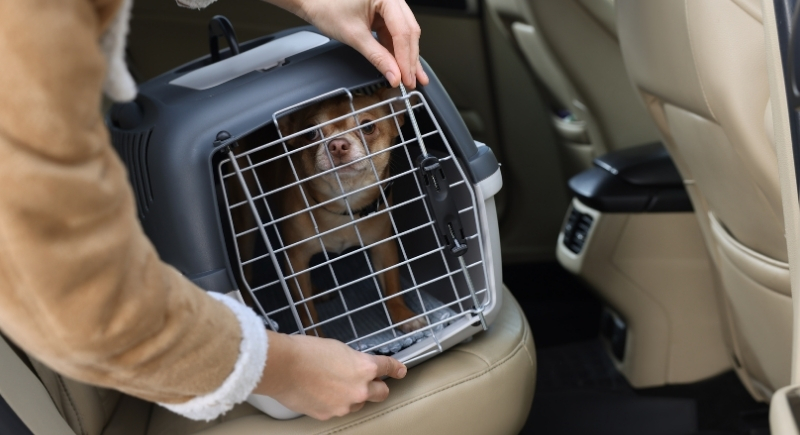
Credit: Canva
Similar to the harness and seat-belt clip, crash-tested crates, such as Gunner G1 and Variocage, have saved dogs in real-life accidents. They absorb shock and stop your pet from being tossed around. If your dog likes a nap, it’s also their safe corner for resting during the ride.
Stick to Your Dog’s Normal Routine
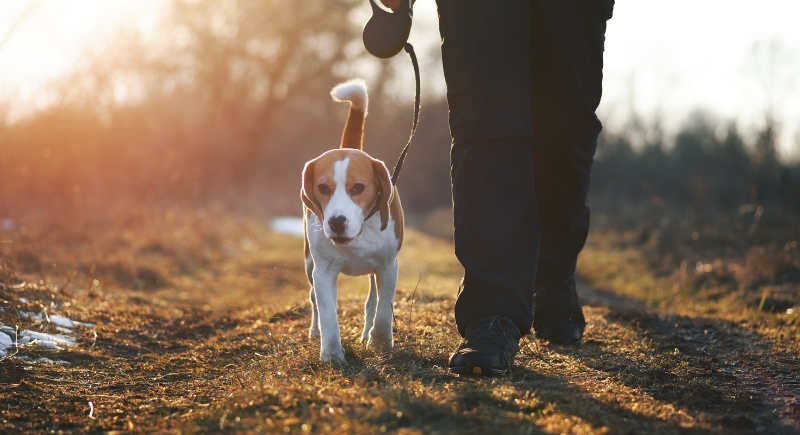
Credit: Getty Images
Keeping a consistent schedule helps reduce stress. Maintain regular feeding, walking, and bedtime patterns whenever possible. Dogs often sleep more in a moving vehicle but may need extra breaks or stimulation once at the destination.
Keep the Windows for Air, Not Heads
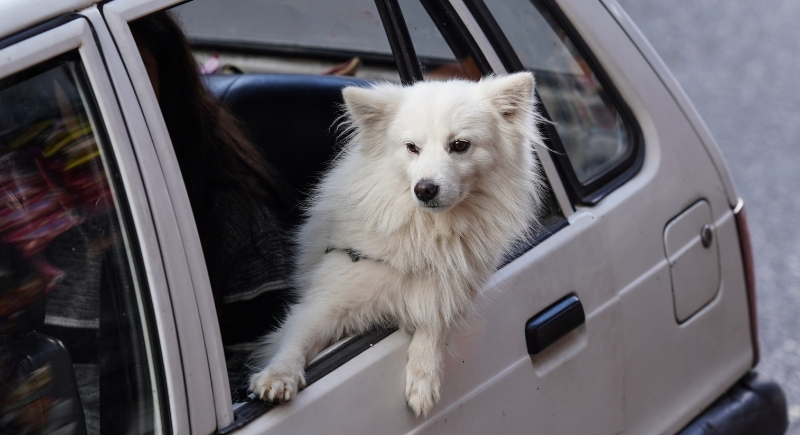
Credit: Canva
It looks adorable, but letting your dog hang their head out the window isn’t safe. The American Veterinary Medical Association reports many injuries from flying debris. Crack the window for fresh air instead. They’ll still smell the breeze without risking eye or ear damage.
Never Leave Them in a Parked Car
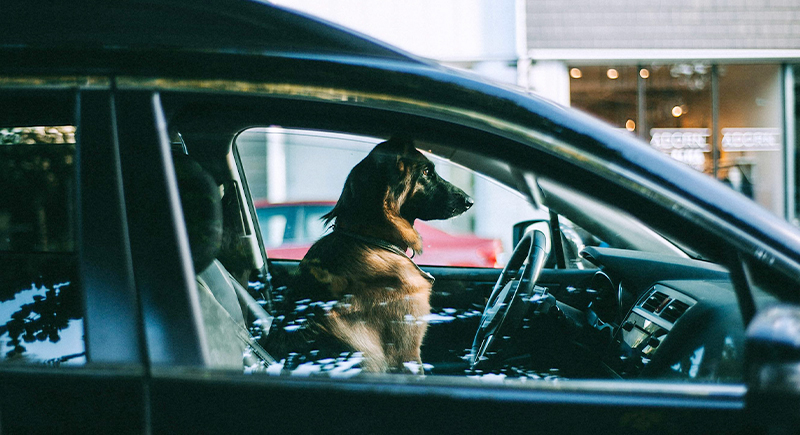
Credit: pexels
Cars heat up fast. On a 70°F day, the temperature inside can reach 100°F in 20 minutes. Dogs can get heatstroke even with the windows slightly open. If you’re running errands, take your dog with you or leave them at home. It’s not worth the risk.
Take Regular Breaks
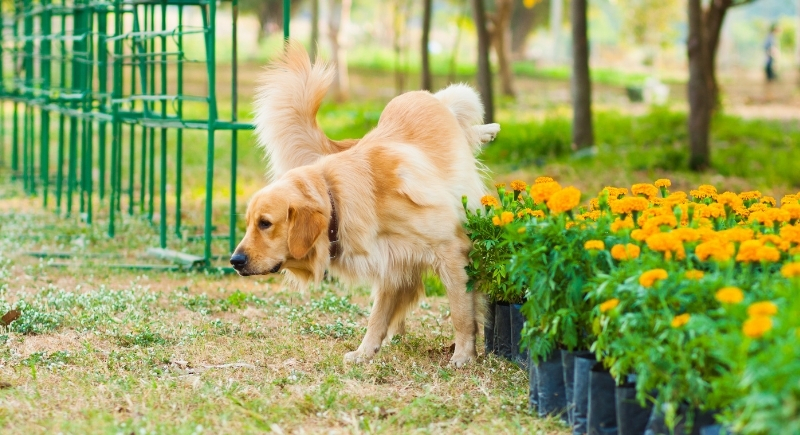
Credit: Getty Images
Long drives can make dogs restless. Stop every two to three hours for water, bathroom breaks, and a short walk. The Humane Society recommends using pet-friendly rest areas. These short pauses keep your dog relaxed and prevent dehydration or accidents.
Install a Barrier for Big Dogs
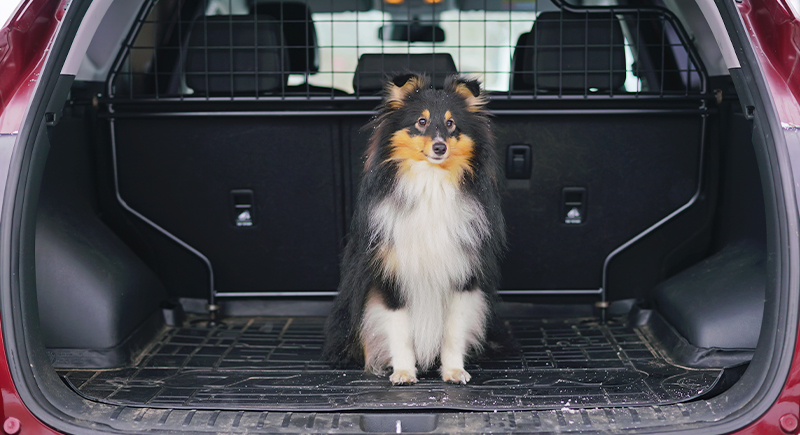
Credit: iStockphoto
If your dog rides in the back of an SUV or hatchback, use a mesh or metal barrier. It prevents sudden jumps into the front seat and helps you drive without distractions. It also gives your dog space to stretch and settle comfortably.
Bring Something Familiar
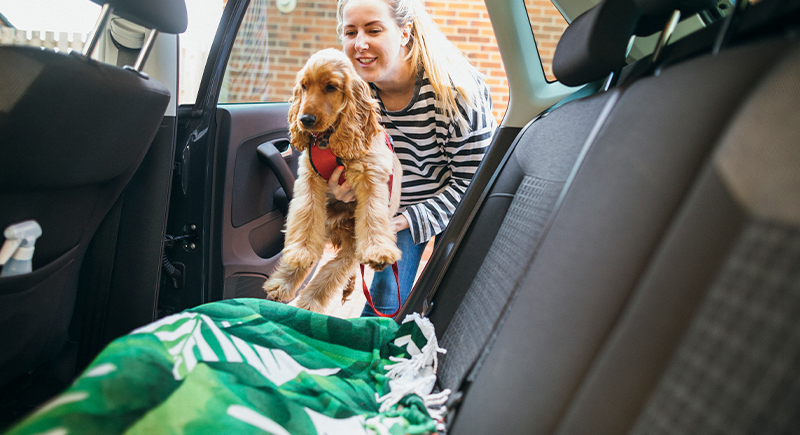
Credit: iStockphoto
A blanket, bed, or toy that smells like home can help your dog feel calm. Research in the Journal of Veterinary Behavior has shown that familiar scents reduce stress hormones in dogs. A simple item from home can make long drives less anxious for them.
Update Their ID
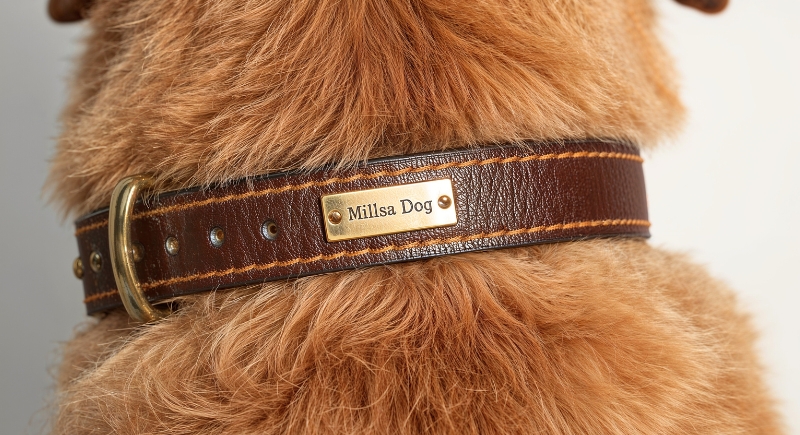
Credit: Max D Graphic Designer
Before leaving, check your dog’s collar tag and microchip information. The American Humane Association says one in three pets gets lost at some point. Having the right contact info can turn a potential crisis into a quick reunion.
Feed Light, Drive Easy

Credit: Canva
A study by Banfield Pet Hospital found smaller, spaced-out meals reduce motion sickness. Avoid heavy meals right before a trip. Feed your dog three to four hours before you leave and keep snacks light during travel. A settled stomach means a smoother ride.
Keep the Temperature Comfortable
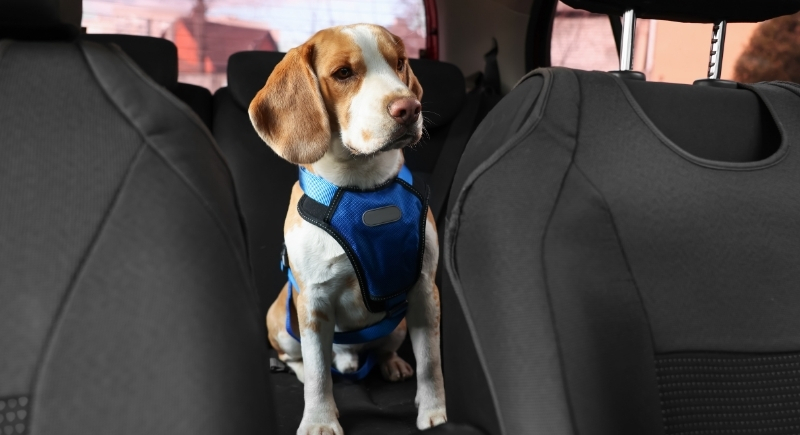
Credit: Canva
Dogs can’t sweat to cool off. They rely on panting. Make sure air reaches the back seat and avoid direct sunlight on crates. If your dog starts panting heavily or drooling more than usual, stop and give them water. That’s a sign they’re overheating.
Pack Their Essentials
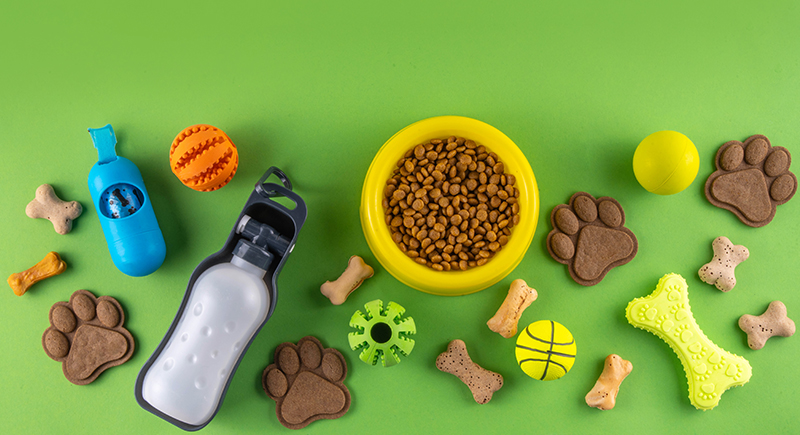
Credit: iStockphoto
Prepare a travel kit that includes water, collapsible bowls, waste bags, wipes, snacks, a towel, and their medical records. Add a small first-aid kit too. It sounds simple, but it saves time when something unexpected happens.
Know Local Pet Laws
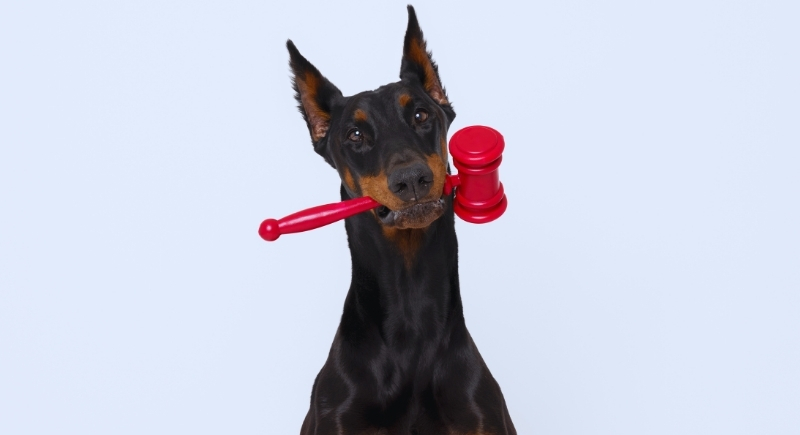
Credit: iStockphoto
Some states actually require restraints for pets in cars. In Hawaii, you can’t drive with a dog on your lap. In New Jersey, unrestrained pets can cost you up to $1,000 in fines. Check local rules before crossing state lines. A quick look now avoids trouble later.
Keep Emergency Contacts Handy
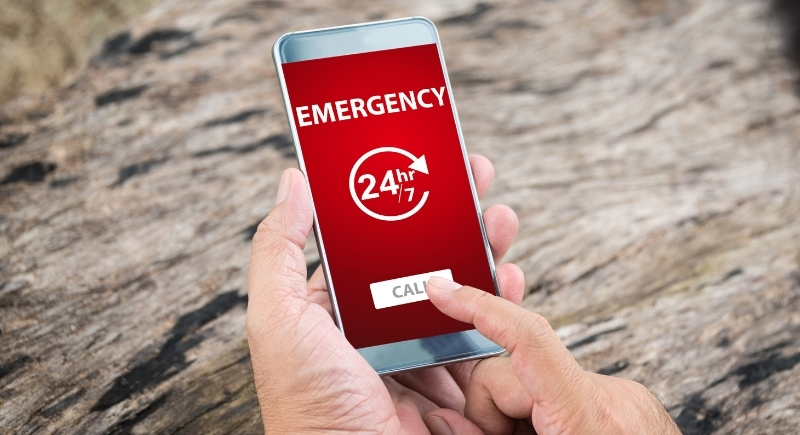
Credit: Getty Images
Save your vet’s number and a nearby emergency clinic in your phone. You can also download apps like Pawscout or Pet First Aid by the Red Cross. You might never need them, but if you do, you’ll be ready.